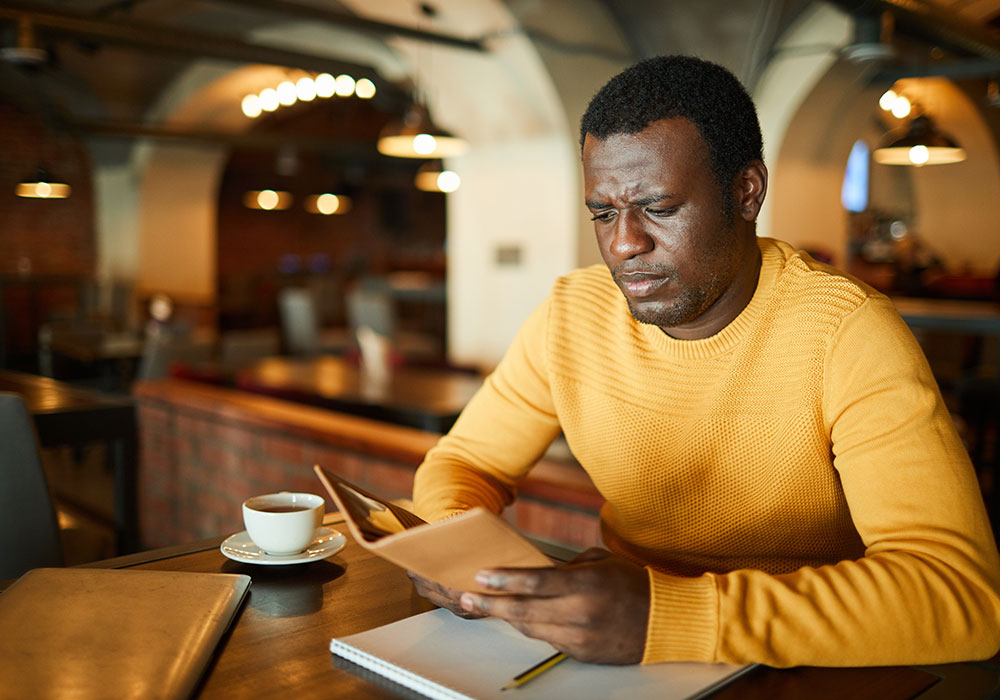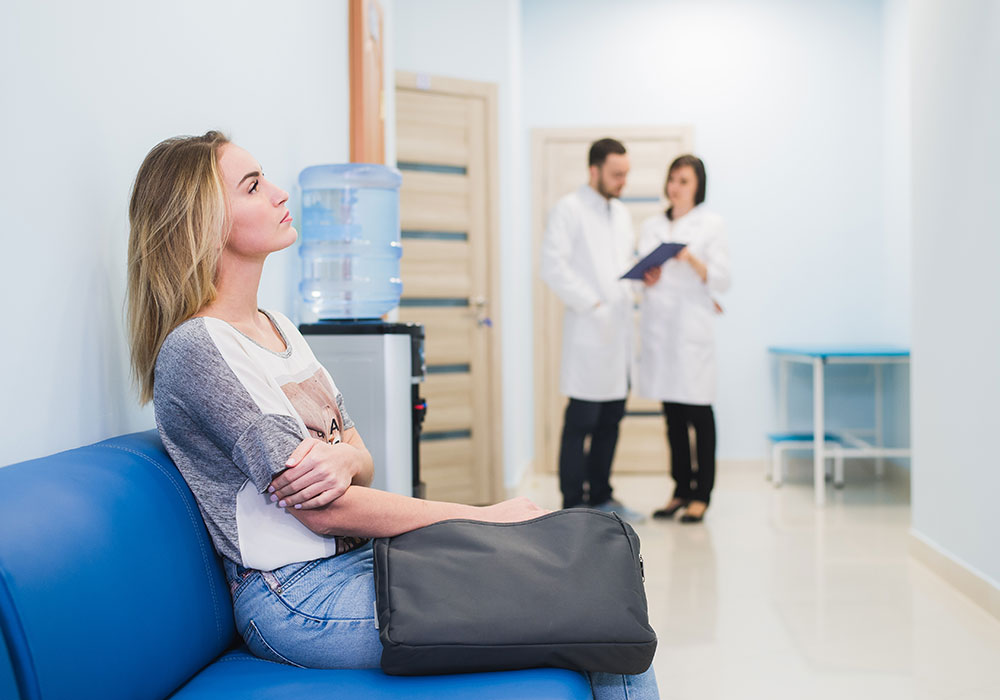
How Much Does a Vein Treatment Cost?
September 19, 2019
Is Varicose Vein Removal Dangerous?
September 19, 2019How Varicose Veins and Women Are Connected
While anyone can experience varicose veins, women and varicose veins have a considerably higher risk then compared to their male counterparts. In fact, the American Vein and Lymphatic Society (formerly known as the American College of Phlebology) reports that at least 50% of American women suffer from varicose veins.
Accordingly, it’s particularly important for women to understand the causes, risk factors, and health problems associated with varicose veins.
If you would like to learn more about women and varicose veins in Maryland, read on.
Women and Varicose Veins – What Are the Risk Factors?
Women are four times more likely than men to develop varicose veins. This is especially true for women who are older than 50 and have a family history of venous disease.
Additionally, other factors that can increase a woman’s risk for varicose veins include:
- Pregnancy, menopause, and birth control pills, which can all cause hormone levels to fluctuate
- Sedentary lifestyle
- Job that requires prolonged periods of sitting or standing
- Obesity
- Leg injury
- Abdominal strain due to heavy lifting, pregnancy, or constipation
What Causes Varicose Veins?
Veins in the legs and lower extremities are responsible for carrying blood back to the heart. The deep veins under muscles transport about 90% of blood and superficial veins transport the other 10%.
This task is accomplished with the help of calf muscles, that squeeze veins and propel blood upward, and a network of one-way valves. These valves open to allow blood to flow through and then close to prevent blood from draining back to the legs.
When these valves become diseased or damaged, then can allow blood to leak, pool in the lower extremities, and increase venous pressure. All of this amounts to dilated and bulging vessels known as varicose veins.
Are These Veins Just a Cosmetic Issue?
When it comes to varicose veins and a woman, it’s important to note that enlarged leg veins are not limited to cosmetic implications. In fact, when left untreated varicose veins may result in spontaneous bleeding, superficial phlebitis (vein inflammation), and venous leg ulcers.
Additionally, superficial phlebitis – characterized by redness; a firm, tender, or warm vein; localized pain; and swelling – can also increase a woman’s risk for Deep Vein Thrombosis (DVT).
Learn More About Women and Varicose Veins
To learn more about women and varicose veins in Maryland, please contact our office today to schedule a comprehensive consultation with one of our highly skilled and experienced vein specialists.



